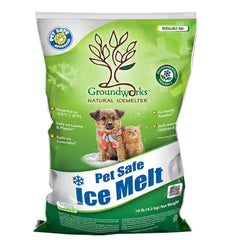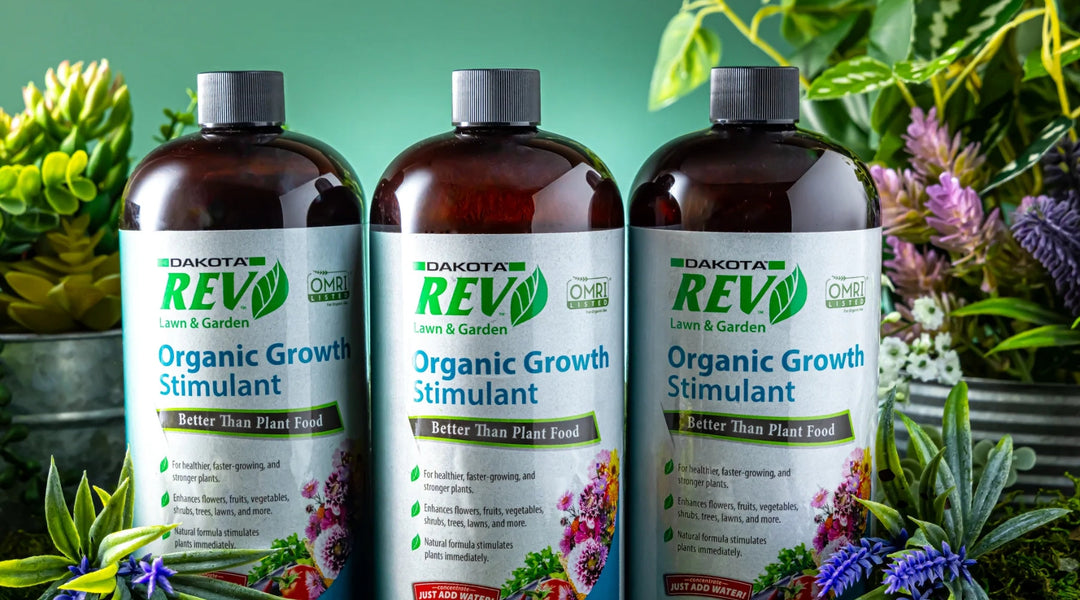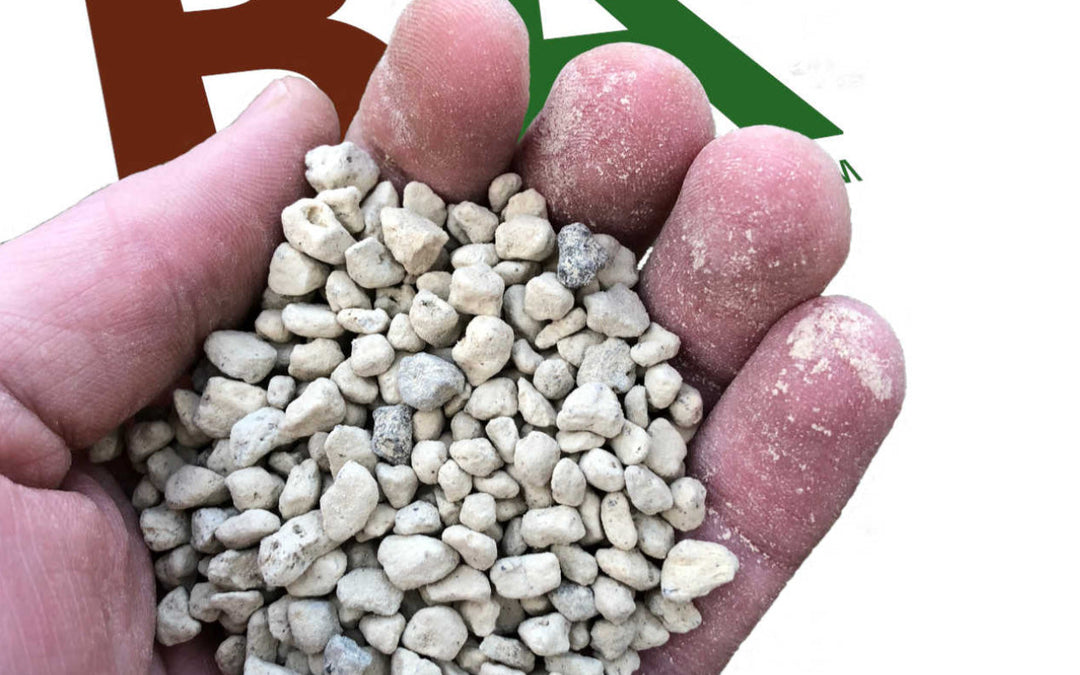Winter is Coming | Ice Melting Salts
This blog post will cover some important information about ice melting salts. Read on to learn how they work, what they do, and their pros and cons. This way, you can decide which one might work best for you this year!
Why Should I Use Ice Melt Products?

Snow removal is a tough task for many of us. Shoveling can be exhausting, plus, it’s really difficult to prevent some icy spots from forming on the sidewalk or in the driveway. Ice scraping tools are available, and they do work, but with great effort.
Chemical ice melts are a good alternative to the backbreaking labor associated with keeping sidewalks clear of ice and safe for pedestrians. There are many different options, and there are tradeoffs for all of them.
What are Ice Melts?
Most ice melts are based in salts of some sort. There are other, more complex formulas available, but this discussion will focus on only the different salts used as ice melts.
Traditionally, just rock salt, or coarse crystals of Sodium Chloride (NaCl), ice melting salts work by, on some level, combining with water forming a brine which has a much lower freezing point than water, thus making solid water back into liquid. The resulting brine quickly penetrates below the ice sheet and breaks the contact between the ice and the ground.
Are there Cons to Using Salt-Based Ice Melt Products?
There is a big downside to using salt-based ice melts, including calcium chloride (CaCl) and magnesium chloride (MgCl) products. The resulting runoff can have detrimental effects on:
- Plants and soil
- Local waterways
- Pets
- Children
- Metals, including rebar, concrete, and cars
Are There Safer Ice Melt Alternatives?
One of the best solutions to the problem of harmful runoff from ice melt salts is to use an ice melting chemical that may be beneficial to the soils where runoff occurs. One great option is potassium chloride (KCl), which is a halide salt of potassium and chlorine.
Why is Potassium Chloride a Good Ice Melt Option?
Potassium is the third-most needed nutrient for plants, and KCl is a common input for organic farmers as a soil amendment. Since potassium is a much-needed nutrient for plants, KCl does not lead to an increase in soil salinity, whereas other ice melting salts, like calcium and magnesium chloride, are not nearly as needed by plants, so they are not consumed and lead to an increase in soil salinity over time. KCl is safe for pets, children, and the environment when used as directed.
Are There Downsides to Using Potassium Chloride-Based Ice Melts?
Of course, there are downsides, as with all good things. KCl is a relatively slow-acting ice melt; it takes about twice as long for KCl to melt ice than it takes CaCl. The reaction of KCl melting ice does not generate its own heat, so it works best at temperatures only slightly below freezing, down to about 12℉.
Mitigating Harmful Side Effects of Ice Melt Products
One of the best ways to mitigate the potentially harmful side effects of using an ice melt in the winter is to develop and maintain healthy soil microbes. Quantum Growth Organic Total is a microbial inoculant that provides a consortium of beneficial microorganisms. Included are heterotrophic bacteria capable of sequestering harmful buildups in soil.
When it comes to ice melt, some chloride salts have more harmful side effects than others. Potassium chloride is the safest alternative because plants crave it and can even thrive on KCl as the only potassium input. Grab some safe ice melt at Rocky Mountain BioAg® today!









Leave a comment